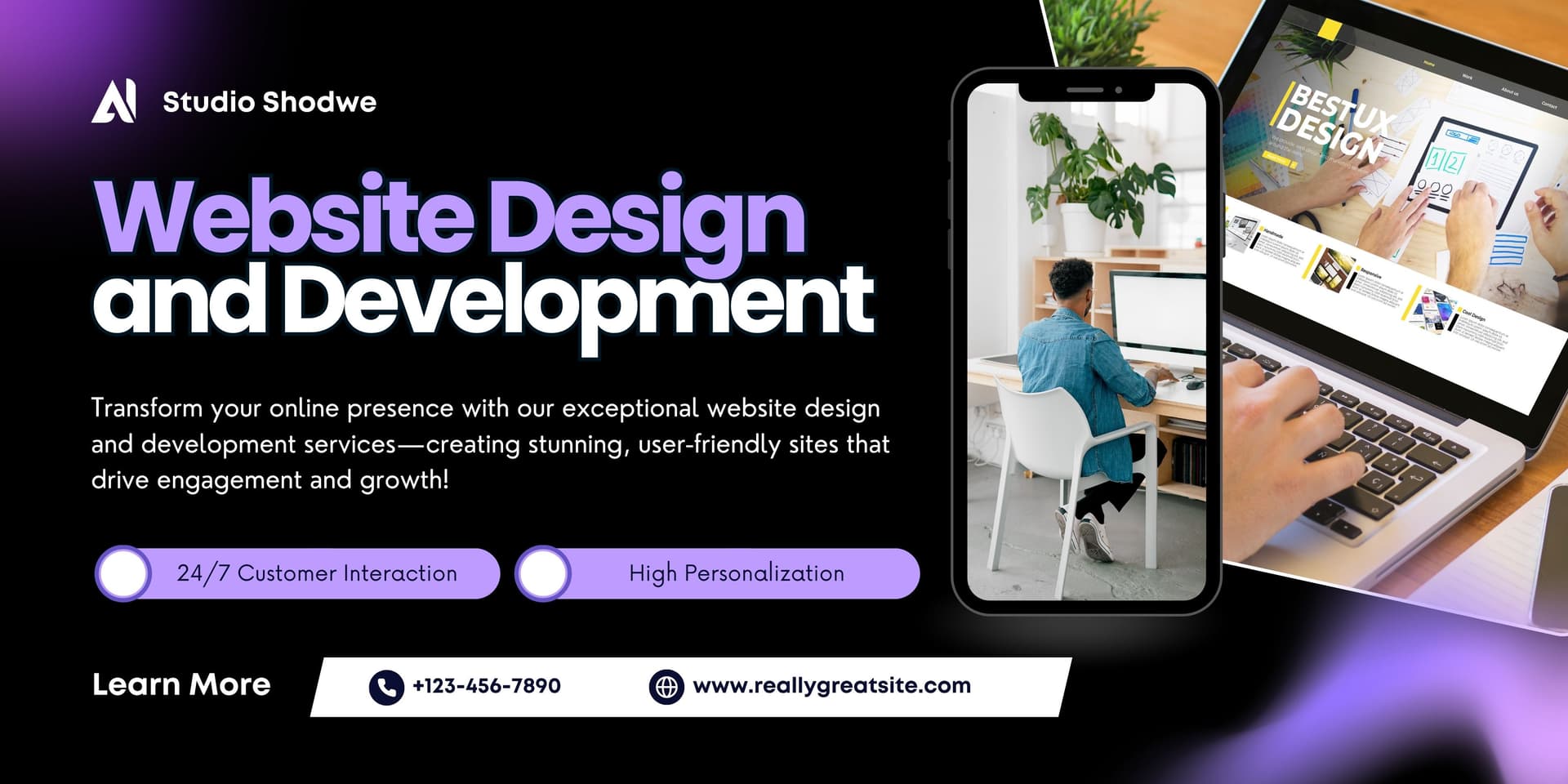Project Overview
ConnectSphere is a modern, full-featured social media application designed to replicate the core functionalities of popular platforms like Facebook and Twitter. The project's primary objective was to explore and implement real-time communication features using WebSockets, making it a highly interactive and engaging user experience. Built entirely on the MERN stack, ConnectSphere leverages the power of React for a fluid front-end, Node.js/Express for a robust backend API, and MongoDB for flexible data storage. The standout feature is its real-time capability, powered by Socket.IO, which facilitates instant updates for chats, notifications, and the news feed without requiring the user to refresh the page. This creates a lively and dynamic environment where users can see interactions from others as they happen. The application is designed to be scalable, handling multiple concurrent connections efficiently. The user interface is clean, intuitive, and built with Material-UI, providing a professional and polished look and feel that is also fully responsive across all devices.
Core Problem & Solution
The digital world is saturated with social platforms, yet building one from scratch remains a significant technical challenge, especially regarding real-time features. ConnectSphere was developed to tackle this challenge head-on, serving as a blueprint for creating highly interactive social applications. It solves the problem of delayed information, providing users with instant feedback and a sense of community and presence. For developers, it provides a practical example of how to integrate WebSockets with a standard REST API architecture, manage real-time state on the client, and structure a database for social interactions.
Key Features
- Real-Time News Feed: A central feed where users can see posts from people they follow. New posts, likes, and comments appear instantly without a page refresh.
- Instant Messaging: A private, one-on-one chat system where messages are delivered in real-time. Features include typing indicators and online status updates.
- Live Notifications: Users receive instant, non-intrusive notifications for new followers, likes on their posts, comments on their posts, and new messages.
- User Profiles and Following System: Users can create and customize their profiles, upload avatars and cover photos, and follow or unfollow other users to curate their news feed.
- Rich Post Creation: Users can create text-based posts, upload images (handled via Cloudinary), and interact with others' posts through likes and a nested commenting system.
- Secure Authentication: Robust user authentication and authorization system using JWT to protect user data and private routes, ensuring a secure user experience.
Technical Architecture & Deep Dive
The backend architecture of ConnectSphere is a hybrid model. It uses a standard Express REST API for handling persistent data operations like user registration, profile updates, and fetching post history. Alongside this, a Socket.IO server is integrated into the same Node.js application. This server manages all real-time events. When a user connects, they are authenticated via their JWT and then join specific 'rooms'. For example, a user joins a global room for notifications and a private room for each active chat they have. When an action occurs (e.g., User A likes User B's post), the API handles the database update, and then the Socket.IO server emits an event (e.g., new-like) to User B's specific notification room. This ensures that events are targeted and efficient.
The MongoDB schema is relational in nature, with collections for Users, Posts, Comments, Likes, and Follows. References (ObjectId) are used extensively to link these documents together, for example, a Post document contains a reference to the User who created it.
On the frontend, the React application uses the socket.io-client library to establish and maintain a connection to the server. A custom React hook (useSocket) is created to manage the socket instance and event listeners, making it easy to consume real-time data in any component. When a real-time event is received (e.g., newMessage), the client-side state (managed by React Context API for simplicity in this project) is updated, causing the UI to re-render and display the new information instantly. Image uploads are offloaded to Cloudinary; the client receives a signed URL from the backend, uploads the file directly to Cloudinary, and then sends the resulting public URL back to the server to be stored with the post, which is a highly scalable approach.
In-App Preview
 Caption: The dynamic news feed showing real-time posts and interactions.
Caption: The dynamic news feed showing real-time posts and interactions.
Development Process & Challenges
The development journey began with architecting the real-time infrastructure. The most significant challenge was managing WebSocket connections and state on both the server and client. Ensuring that real-time updates were delivered efficiently without performance degradation, especially as the number of users grows, required careful architecture of the Socket.IO rooms and events. Handling authentication over WebSockets also presented a unique security challenge, which was solved by passing the JWT during the initial handshake. Another challenge was preventing duplicate state updates if a user received data from both a REST API call and a WebSocket event simultaneously. This was managed by implementing careful state update logic on the client.
